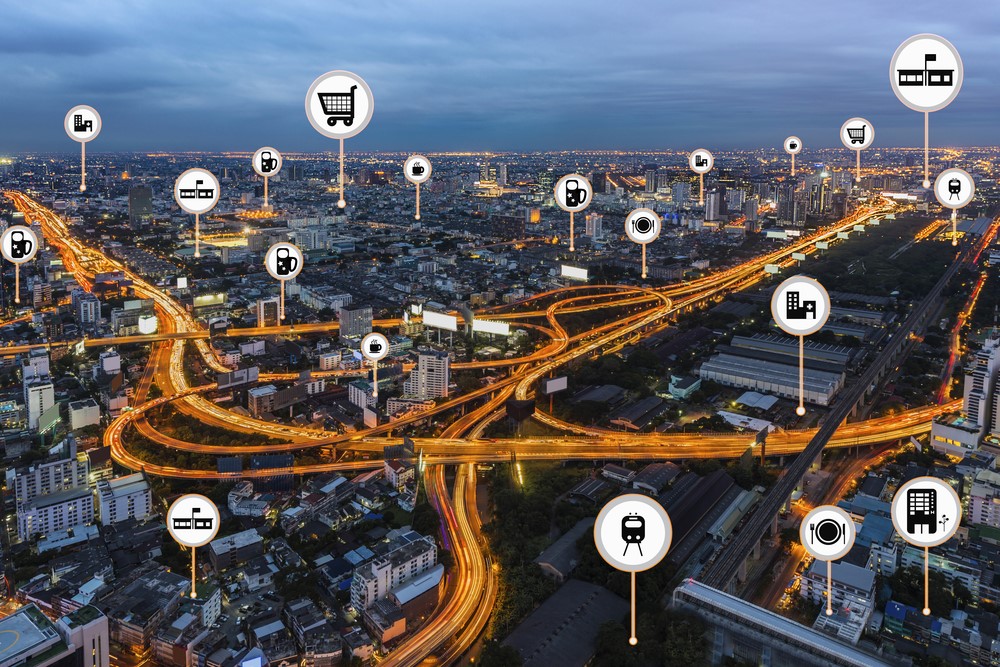Smart City Missions have prominently outlined the nation's urban redevelopment strategy, but aligning a trillion dollar economy vision is still a long way off
The vision was noble and ripe, as was the opportunity when India’s Smart City Mission was unveiled to the nation’s citizens with a dreamy vision of urban transformation, enhancing ease of living and enriching experiences like India had never experienced before. On June 25, 2015, India’s Smart City Mission made a landmark launch with cushy transformation ambitions backed by massive government funding and PPP to ensure efficiency in the process. The vision, officially, for the mission was to set the tone to drive economic growth while improving the quality of life for people by enabling area-based development, harnessing technology; however, the repurposing remained much in the pipeline, with several projects left to be rolled out and given an outcome for the beneficial use of citizens.
The Project Status Quo
In a nutshell, the project demarcated transformational overhaul for about 100 cities across the nation, with over 5151 approved projects worth INR 2,05,018 crore in comparison to 7757 tendered projects worth INR 184727 crore, as per data supported by the Ministry of Housing and Urban Affairs (MoHUA). The data further asserts the completion of 4436 projects worth INR 75827 crore against 7656 projects with a work order worth INR 182543 crore. All within a deadline of five years, which is further extended till June 2023.
The mission brought in some extremely well-tech-savvy facilities within the system, Center (ICCC the introduction of the Integrated Command and Control Center (ICCC), which is actually a tech-enabled system to monitor city traffic for seamless movement, smart roads, waste management projects and others which not only initiated a positive change in how India remains conscious of liveability but have also raised citizen awareness to quite some extent on the optimality of these parameters to ensure a sustainable tomorrow. As a matter of fact, fundamental projects like the ICCC have been a crucial parameter for monitoring the COVID scenario in several cities and how the local government and urban local bodies have responded to the COVID’s responsiveness and its control management effectively.
The Ranking System- Scope for Innovation, Competition and Trend-Setting
The overall intent for the manifestation of sustainable future cities is aligned well as the authoritative ministry introduced and efficiently run a ranking system for cities based on salient projects such as Swachh Bharat and Smart City Ranking, among others. Under the aegis of the Ministry of Housing and Urban Affairs, the project brings in a ranking system to lift the competition spirit among cities at ULB level, based on certain parameters responsible for overall resilience. In the process, what has emerged is a sense of union among urban cities across length and breadth, wherein they are put on notice to think about overhauling the landscape along the lines of the central government’s mission, beyond geographic and cultural boundaries.
While North-eastern cities have been richer than many other cities in the nation in terms of natural wealth, and their virgin landscape attracts business from tourism view-point are included in the mission, adding an extra impetus, as the government remains focused on exploring intra-state business opportunities in the region to strengthen economic growth.
Cities are given a status based on their performances in the smart city mission ranking, inspiring them to make it better as they strategize and bring in innovative solution designed for public service delivery in various forms, which in a way is a continuous process and finds effectivity to develop sustainable solutions for liveability and a way forward. Case studies also highlights how distant remote cities as Tumakuru, Kashmir and others have evolved through sustainable innovations for enhancing citizen liveability while they are challenged by natural calamities such as floods and others.
Beyond the Capacity and Way Forward
What it optimally fetched in the entire process with the Smart City Mission being introduced how Indian Urban Local Bodies evolved through how they visualised to design the cities for a better tomorrow. What it began with was Pune being one of the first smart cities in India, which is not only an old cultural city challenged to be refurbished in modern design and later coming up with the concept of “municipal bonds,” but the aura of urban overhaul has also spread fast today to other North Eastern cities such as Aizawl, Imphal and others that are far from distant and culturally distinguished.
The Mission is actively providing support for COVID-19 management through its Integrated Command and Control Centers (ICCC) set up under the mission in various smart cities, including Bangalore, Pune, Agra and Vadodara to name a few, which have been transformed into war rooms for real time monitoring and effective management of the pandemic using technology.
Furthermore, the apex ministry has also started taking initiatives based on the current challenge that the nation is combating climate change and actively involving strategies to counter the situation for sustainability.



